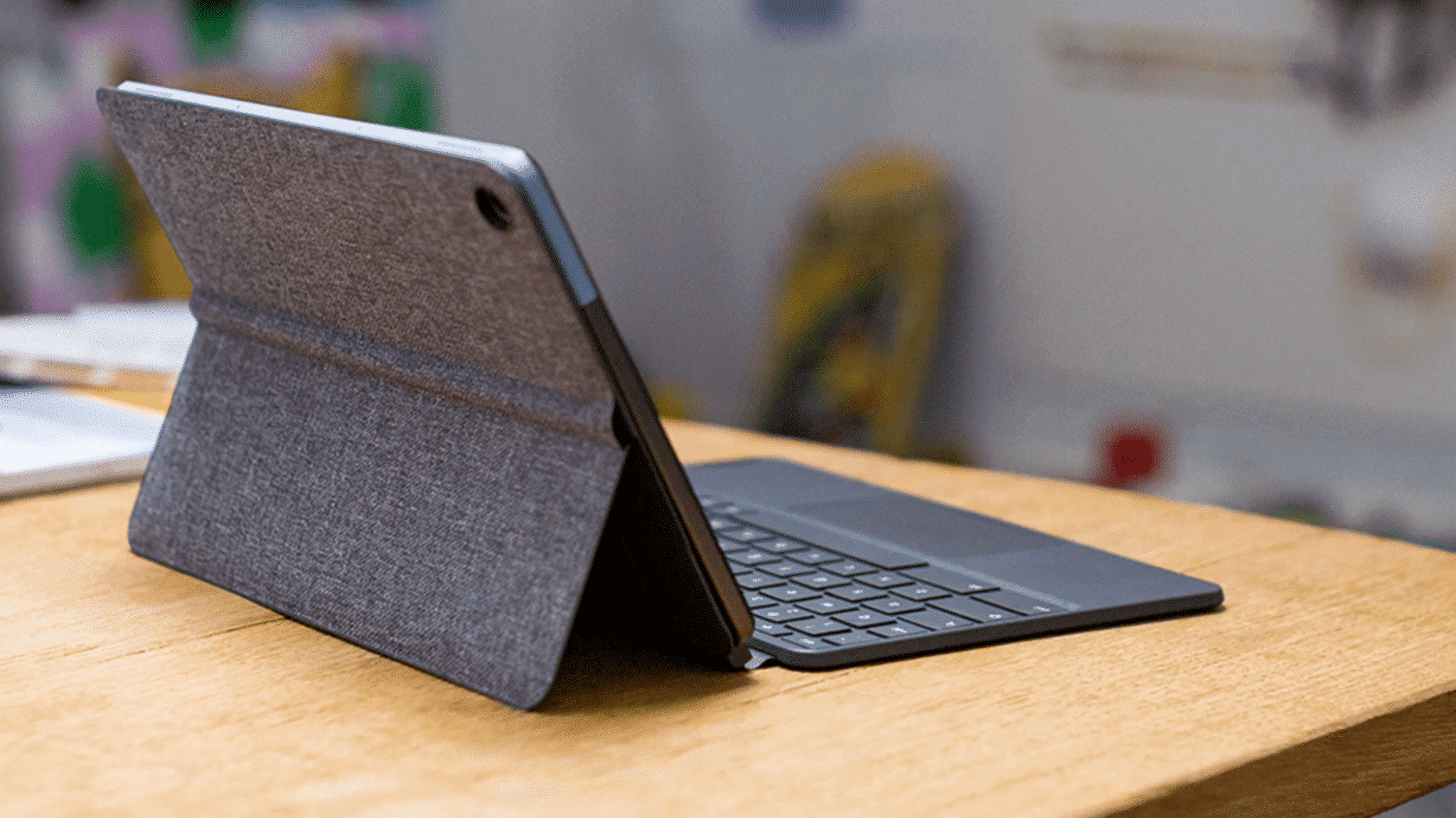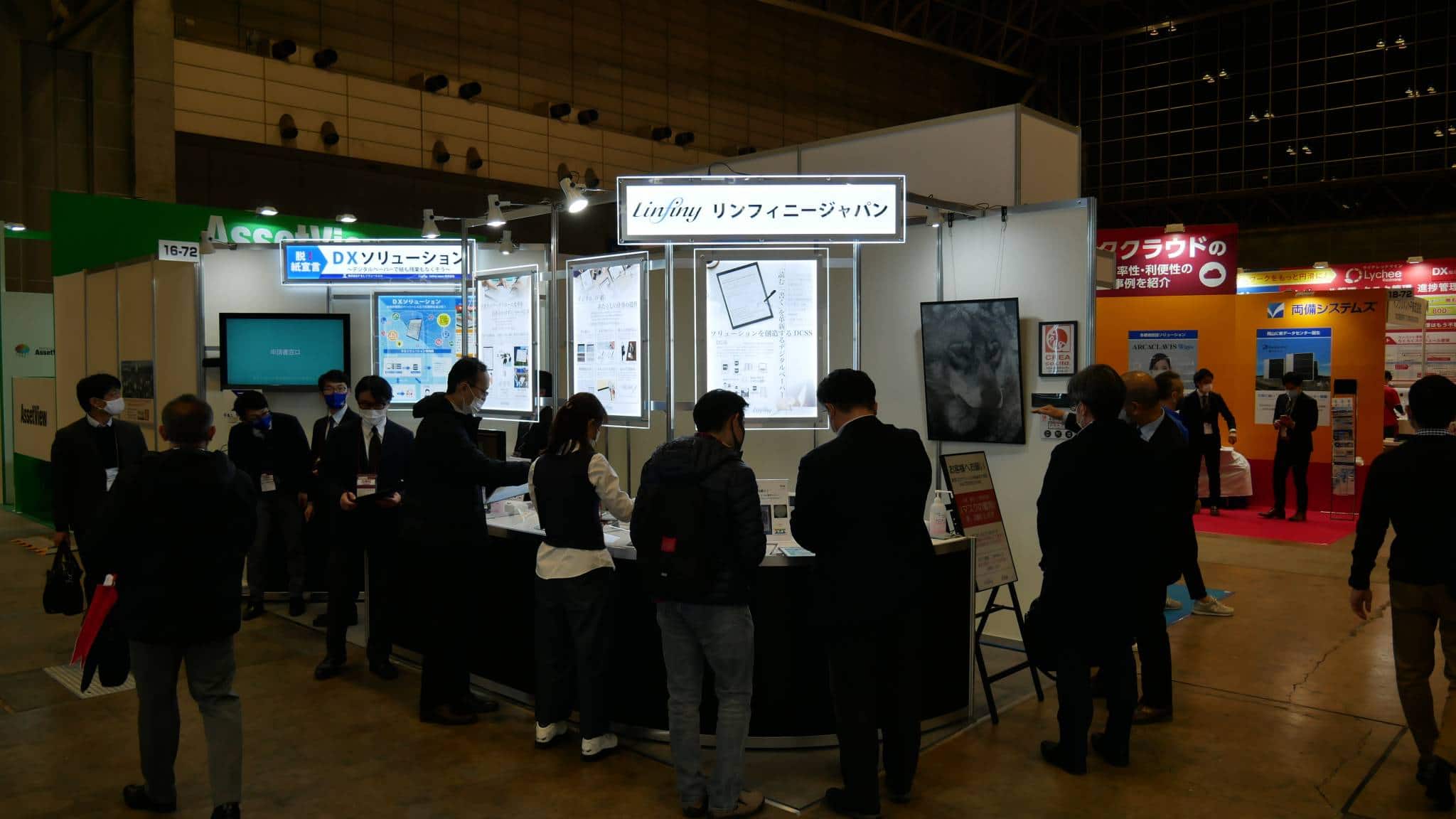E INK Kaleido 2 or Kaleido Plus was released in November 2020 and Pocketbook, Onyx Boox and Bigme have all released new products that utilize this new technology. Recently Good e-Reader was at an exclusive event in Japan, where Linfiny, which is a joint partnership between E INK and Sony, unveiled the Digital Paper Color, a new 10.3 inch device, coming out this summer. There was a sandwich board, that was advertising E INK Kaleido 3, which will debut in June.
Kaleido color e-paper basically comprises of a color filter array that sits between the traditional E INK Carta HD layer and the e-paper screen. It is always on and typically produces 4,096 different colors and 100 PPI. The only thing that changed with the second generation Kaleido screen was that the CFA is closer to the screen, the text is crisper and the color gamut has been improved by 3x. This is why the Onyx Boox Nova 3 and Pocketbook Inkpad Color look so much better than the Pocketbook Color and Onyx Boox Poke 2 Color, that came out last year. It seems as though Kaleido Plus is really ideal for 6 inch to 7.8 inch screens with the current resolution and PPI, bigger screens are not really ideal at this time.
There are very little details on what Kaleido 3 will bring to the tablet. This was a short upgrade cycle, since the original Kaleido took 3 years to develop and within 6 months of the release, a second generation screen was released. Since Kaleido 3 will be available in June, this means it would have taken 8 months to develop, but already E INK does have prototypes, and are sending out to OEM’s for evaluation.
I believe Kaleido 3 is likely designed for larger screen digital note taking devices and will have better integration with E INK Carta 1250, which is a new type of screen that was designed for e-notes in mind. The latency when drawing on the screen with a WACOM enabled stylus has been decreased and there will be faster page turns and huge performance increase. This tech was primarily made for color e-notes in mind, so there will likely be tremendous synergy between Carta 1250 and Kaleido 3. This likely means that this tech will be ideal for 10.3 and 13.3 inch devices.
When new color technology becomes available, it normally takes 4-5 months for new products to be released. A company has to evaluate the technology to see if it something that they can use in a commercially viable product. Research and development has to be done on the hardware and software level to take advantage of it. Onyx for example, had to revise their note taking app to draw in color, Pocketbook created a coloring book. Next, mass production has to occur, which often takes the most time. If Kaleido 3 comes out in June, this means we might possibility see new products come out in October or November of 2021, enough time to create new products and create a marketing plan.
I have many questions on what the future may hold for Kaleido. Will Kaleido 3 automatically mean that everyone will use this going forward for all of their e-readers and e-notes? Is Kaleido 3 designed exclusively for e-notes and not e-readers? Will Kaleido 3 just be employed on larger screen devices and does this mean that more colors will have to be generated and the PPI has to be increased? Will Kaleido 1 or Kaleido Plus be discounted, which means it might be cheaper to launch color devices that aren’t too expensive? There are so many questions, because the only documentation that we saw, was too technical and we weren’t allowed to take pictures of the fact sheet.
Michael Kozlowski is the editor-in-chief at Good e-Reader and has written about audiobooks and e-readers for the past fifteen years. Newspapers and websites such as the CBC, CNET, Engadget, Huffington Post and the New York Times have picked up his articles. He Lives in Vancouver, British Columbia, Canada.

